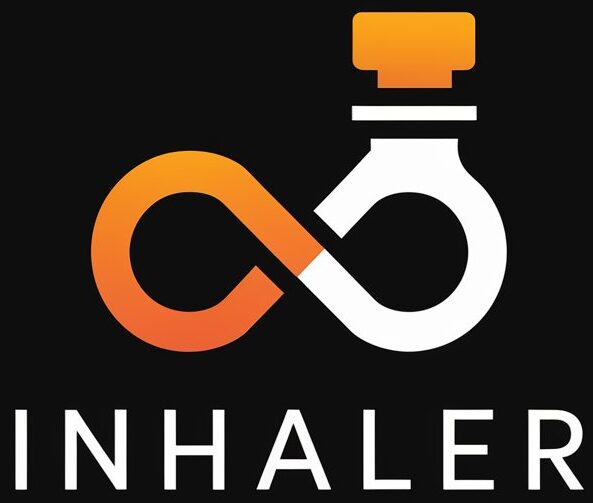Exploring the Effectiveness of Inhalation Therapy for Respiratory Disorders
Respiratory disorders are a prevalent medical complication worldwide that can severely impact a person’s quality of life. For chronic conditions like asthma and chronic obstructive pulmonary disease (COPD), innovative medical treatments such as inhalation therapy have become a mainstay in their management. This article examines the effectiveness of inhalation therapy in treating respiratory disorders with an in-depth look at how this method works, its benefits, potential drawbacks, and future perspectives.
Understanding Inhalation Therapy
Inhalation therapy, also known as inhaled respiratory therapy or aerosol therapy, is a treatment method that involves the administration of medication directly into the lungs. The medication is typically contained in an aerosol form or a mist that a patient inhales via specific devices such as inhalers or nebulizers. There are different types of inhalation therapies available dependent on various factors including the nature of the respiratory disorders, patient’s preferences, and therapeutic objectives.
Biological Mechanisms
The biological rationale behind inhalation therapy is straightforward: the lung is the primary site of respiratory diseases, thus, delivering drugs directly to this organ allows for targeted treatment. The inhaled medication can reach the lungs quickly and act directly on the affected tissues, leading to a faster and more efficient treatment response. Additionally, this method minimally affects other body parts, reducing adverse systemic effects often associated with oral or injectable medicines.
Effectiveness of Inhalation Therapy in Respiratory Disorders
Medical researchers have established the effectiveness of inhalation therapy in managing several respiratory disorders. In asthma, for instance, inhaled corticosteroids (ICS) are considered first-line treatment, providing anti-inflammatory effects and helping to maintain control of the disease. Other inhaled medications like bronchodilators have demonstrated immense therapeutic benefit in COPD, cystic fibrosis, and other conditions by relaxing constricted airways, thereby improving breathing.
Benefits and Drawbacks of Inhalation Therapy
Inhalation therapy has several advantages in managing respiratory diseases. They offer rapid onset of action, localized effects, are easy to use, potentially improving patients’ treatment adherence. A critical benefit is their safety profile, with fewer risks of systemic side effects compared to oral or injectable medicines. However, inhalation therapy is not devoid of limitations. Some potential drawbacks include coordination problems during usage, variable doses, and potential for local side effects such as oral candidiasis and hoarseness.
Future Perspectives
The future of inhalation therapy appears promising, with improvements in drug formulation and delivery devices. With the advancement of technology and constant research, inhalation therapy’s effectiveness is set to improve, allowing better control of respiratory diseases and improving patients’ quality of life.
Conclusion
In conclusion, inhalation therapy has significantly improved the management of various respiratory disorders. It offers targeted treatment, enhances patient comfort, and reduced systemic side effects. However, as with all medical interventions, inhalation therapy does come with some challenges. Therefore, ongoing research continues to be of utmost importance in optimizing this therapeutic approach and overcoming the challenges it currently presents.
Frequently Asked Questions
-
What is inhalation therapy?
Inhalation therapy, also known as inhaled respiratory therapy or aerosol therapy, is a treatment method that involves the administration of medication directly into the lungs.
-
What respiratory disorders can inhalation therapy treat?
Inhalation therapy is used to treat various respiratory disorders including asthma, chronic obstructive pulmonary disease (COPD), and cystic fibrosis among others.
-
What are some of the benefits of inhalation therapy?
Inhalation therapy offers several advantages such as rapid onset of action, localized effects, ease of use, and reduced systemic side effects.
-
Are there any drawbacks to inhalation therapy?
While inhalation therapy is generally considered safe, potential drawbacks include coordination problems during usage, inconsistent dosing, and local side effects like oral candidiasis and hoarseness.
-
What is the future of inhalation therapy in respiratory disease management?
The future of inhalation therapy appears promising, with ongoing improvements in drug formulation and device development designed to maximize therapeutic benefits.

